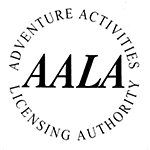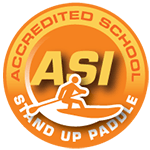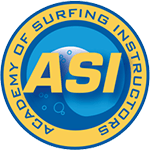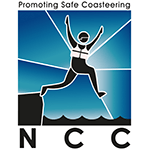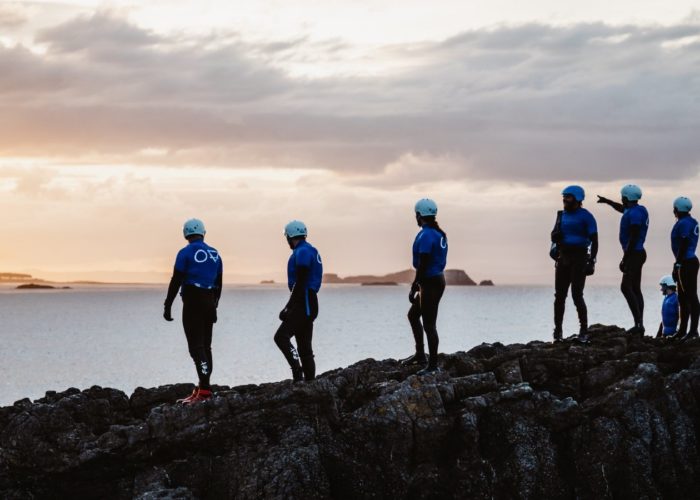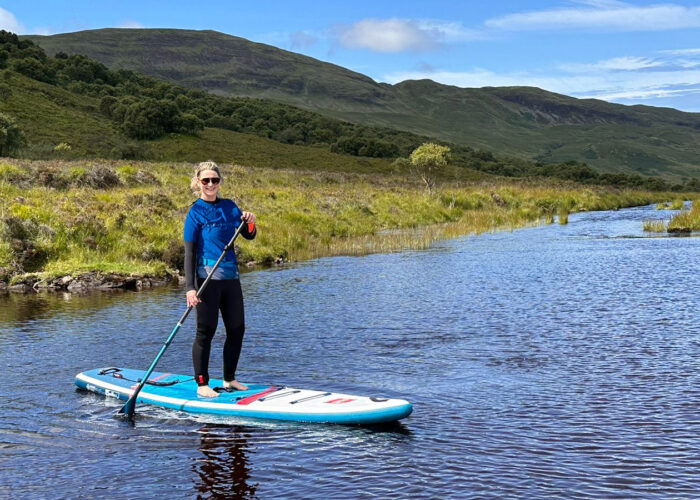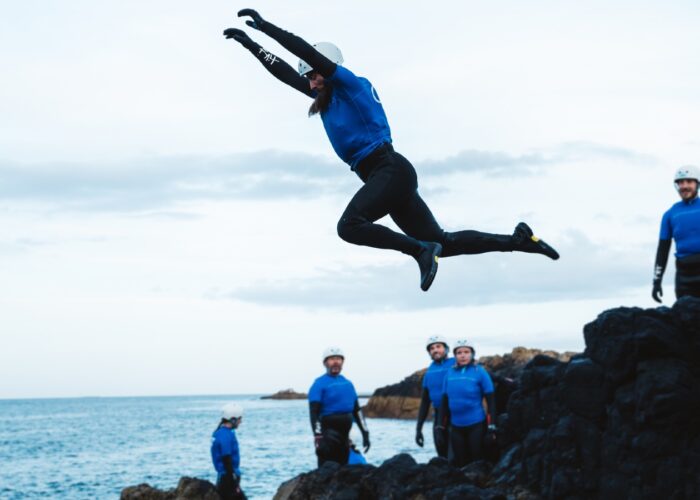SUP Yoga in East Lothian
Dr Kirsty Rew is a qualified SUP yoga, yoga, and paddle board instructor with Ocean Vertical, and has over 15 years experience practicing yoga and surfing. She gained these qualifications to share her passion for being active outdoors and the associated benefits to wellbeing and mental health. We caught up with kirsty to ask her more about her SUP yoga journey.
Share
- Tell us a little bit about what SUP Yoga is?
SUP stands for stand up paddle board and SUP yoga is practicing yoga on a paddle board floating in a body of water. Peaceful flat-water locations and conditions are best, such as lochs, lakes, reservoirs and harbours. Yoga sequences are modified from land-based yoga and designed specifically to make them appropriate for the extra element of balancing on the paddle board. There are lower centre of gravity positions and lots of options given to make sure it’s not too hard. The possibility of falling into the water is all part of the fun and the experience!
It’s difficult to find a written record of exactly when SUP yoga originated, one may not exist, but SUP yoga classes have been available in America since around 2010. With the growing popularity of paddle boarding, an activity that involves balance on the water, and yoga, that also involves balance in asana (physical yoga practice), it’s no surprise that these two disciplines found each other and seamlessly morphed together. There are accounts of yoga practitioners pausing to stretch on their boards after a long paddle and realising SUP yoga could be a beautiful thing of it’s own. Since both paddle boarding and yoga are ancient activities, paddle boarding existing as the most basic form of boat and the 5000+ year old practice of yoga, it’s possible some form of SUP yoga has existed before modern times.
Aside from the physical balance aspects, both activities pair so well together because of the many individual well-being benefits. The term “blue mind” describes well the benefits of being on and surrounded by water while paddle boarding. The term was created to describe the human-water connection - “a mildly meditative state characterised by calm, peacefulness, unity, and a sense of general happiness and satisfaction with life in the moment” (“Blue Mind” - Wallace J. Nichols) - found when being in, on or near water, and taking advantage of neurological connections formed over millennia. Combining this with the long researched health and stress-reducing benefits of yoga, there’s no doubt that bringing yoga onto the water can be a magical experience that also produces well-being benefits.
2. What is your background and what drew you to SUP Yoga?
My love of water began when I swam competitively as a kid and later became a pool lifeguard in my teens. I loved the feel of the water, gliding almost effortlessly in a rhythm that felt like flying. After training we would play for hours diving to the bottom of the pool, dancing underwater, spinning in circles, whatever we could imagine. Next I fell in love with surfing at the first opportunity I had to try it with my university surf club when I was 18. Being more used to swimming pools the power of that first (knee-high) wave felt incredible and I knew instantly I’d never stop. I have practiced yoga too since around the same age when I was gifted an MTV yoga DVD, in the days before YouTube or local yoga classes. After yoga I always appreciated how my mind and body felt more relaxed and my muscles felt both looser and stronger. I enjoyed the freedom of practicing anytime at home or anywhere.
I was at Glasgow University for 13 years, studying, then doing research in engineering, working on exciting projects like developing new types of lasers using nano-fabrication techniques. I enjoyed the work but not the lifestyle and really missed spending more time outdoors and active.
The first time I ever tried paddle boarding, I also wondered if I could balance on my head and gave it a go. It seemed like a fun thing to try, the answer was no! But it was fun trying and falling in! A while after that, 4 years ago, I saw SUP yoga on Instagram and learned it was an established activity. I was in the depths of writing my PhD thesis, on the screen all the time and longing for the outdoors. With tranquil SUP yoga images on my mind, it became my recurrent daydream to imagine teaching it one day. A year later I attended my first SUP yoga class on holiday (there were none at the time close to home). It was the memorable experience that I had hoped it would be and for all the right reasons! 6 months after that I bought my first paddle board, and another 6 months later, I left my job and travelled to Bali to realise my dream. I trained as a yoga teacher (and surfed, of course), then trained as an ASI SUP and SUP yoga instructor over the following summer. Finally, I’m now delighted to be offering SUP yoga classes with Ocean Vertical here in East Lothian near the coast!
3. What would you say to someone who has never tried yoga before on land?
The SUP yoga classes are appropriate for beginner to intermediate abilities, the only requirement that of being able to swim in cold water. The majority of participants have never tried SUP yoga before; it’s a new, different and fun experience for everyone. All instructions are fully explained, options are suggested to allow you to choose your own level of challenge and there is never any pressure to do anything you don’t feel comfortable to try. Previous experience of yoga or paddle boarding does help but isn’t necessary.
It never matters what any yoga position looks like, only how it feels and that it is benefiting us in the long term. The main aim of the classes are equal parts fun and relaxation. We intend to build up to a challenge level that is still fun! You can choose to challenge yourself as much or as little as you want. Either play at the edge of your balance, where you build strength and focus, or take a more stable option, while enjoying the unique way of trying yoga. If you’re enjoying it and getting what you want out of it, that’s all that matters.
It’s completely okay to fall in, the splash becomes part of it, a refreshing, soft landing with something for all of our senses to notice. Not everyone does fall in, since we can choose how much or little challenge we want. I fell in a couple of times during the first SUP yoga class I attended. And SO many times the first time I took my own SUP out on a chilly day in January on Loch Lomond, experimenting and playing with what was possible and giggling the whole time. You never know what you’re capable of until you try, participants are most often surprised by what they achieve as they build confidence.
4. What does a SUP yoga session with Ocean Vertical look like?
We meet 20 minutes before the 2 hour session to get changed into our wetsuits provided or you’re welcome to wear your own wetsuit. Groups are kept small with a maximum of 4 participants for a more personal experience. We enjoy a short scenic walk to the water's edge, where we cover some knowledge and safety before launching onto the water. Paddling for a short while, gives us time to begin to build familiarity and comfort on the board.
We then paddle to our anchor system where we set up for an hour of SUP yoga. First bringing our attention to our environment, what we notice and what we feel, then beginning gentle movements, linking them with our breath. Gradually experimenting with shifting our weight and our balance on the board in more stable, low centre of gravity positions. We continue to build at our own pace and choose our own challenge level from multiple variations. We can play around trying a position that we’ve prepared ourselves for throughout the beginning of the sequence. It’s absolutely fine and fun to fall in! It’s good because it shows that we’ve allowed ourselves to test where the edge of our balance point is, learn something and are usually more relaxed after. The wetsuits keep us warm, offer buoyancy and are more than flexible enough for yoga since they are designed for surfing. The splash is all part of allowing ourselves to have fun and to play. After all the laughter we take some relaxing counter stretches and wind down towards the final relaxation, peacefully floating on the waters’ surface. We wake up slowly being called back by the singing of birds and take in the reflections, ripples and movement on the water surface. Ending the class with an easy paddle, savouring the last moments on the water before we make our way back to land.
5. Where are the SUP yoga sessions and when?
It all takes place at one of two beautiful enclosed water locations in East Lothian, a small loch and a small reservoir, both about a 30 - 45 minute drive from Edinburgh. Depending on the plan that day, which you will know in advance.
Both locations have a lot in common being private, calm flat water (no waves!), sheltered from the wind, quiet and peaceful, far from traffic, open fresh air and surrounded by nature. In contrast, walking to the reservoir, we take in dramatic coastal views of Bass Rock and Tantallon Castle, before the reveal of arriving at the secluded SUP yoga reservoir. At the other possible location, we adventure to the hidden loch along a small forest path, at the bottom of a narrow valley rich in wildlife. Setting up there on the water we are surrounded by every shade of green from the variety of trees and plants around, reflecting their colours onto the calm glassy water surface. The loch is home to lots of birds, ducks and even otters. Our yoga and relaxation is accompanied by a constant chorus of natural music.
Multiple sessions are available every Sunday and Monday, from April until October, all up to date details can be found on our website oceanvertical.com
6. What do you think the benefits of SUP yoga are?
Yoga on the water is extremely relaxing, where we are fully immersed in our environment, surrounded by nature and paying attention to what our senses catch. We take time to notice the constant fluid movement and change of ripples on the calm water surface, the colours of the plants and sky, the natural musical sounds of birds singing, the feel of the light cool breeze or warming sun on our skin and the gentle rock of our board below us. There’s something about floating on your board with water surrounding on all sides that generates the spaciousness to take it all in.
There are so many benefits gained when we can allow ourselves to play, for example, increased focus, attention, learning, improved cognitive flexibility and memory, creativity, reduced stress, promoted optimism and strengthening our ability to take on other perspectives. During SUP yoga we are encouraged to allow ourselves to play, to experiment with what is possible on the board, with acceptance of our current ability, granting ourselves permission to fall in, and importantly the freedom to go at our own pace and take a break if ever we want one.
We humans are inherently social beings, with social connections hugely impacting not only our mental health but also our physical health. The SUP yoga adventure is typically much more interactive than other forms of yoga, from beginning to end, as we journey to and from the water’s edge, share what we notice, laugh together and support each other as we try something new. We strengthen connections with friends we arrived with and/or benefit from new connections in the small groups.
The focus and attention required to balance on the board, helps our mind remain on what we are doing in the present moment. This enhanced attention aids in bringing awareness to our sensations and the details in the activations of our muscles in yoga positions. In positions like downward dog, the immediate feedback from balancing on the board lets us know if we are pressing our weight equally. Micro-adjustments made by our body in more stable positions and micro-to-larger adjustments made in more challenging balances engages our core muscles, building so much core strength. When we return to land-based yoga or normal paddle boarding we feel more stable and confident.
For experienced yogi’s, the change of environment can bring fun and new perspectives to the yoga practice, that can continue on like a ripple, when they return to their own mat.
What is noticed and taken away can be different for everyone. Why not give it a go and see what it is that you enjoy the most?
Dr Kirsty Rew
SUP yoga, yoga, and paddle board instructor
oceanvertical.com
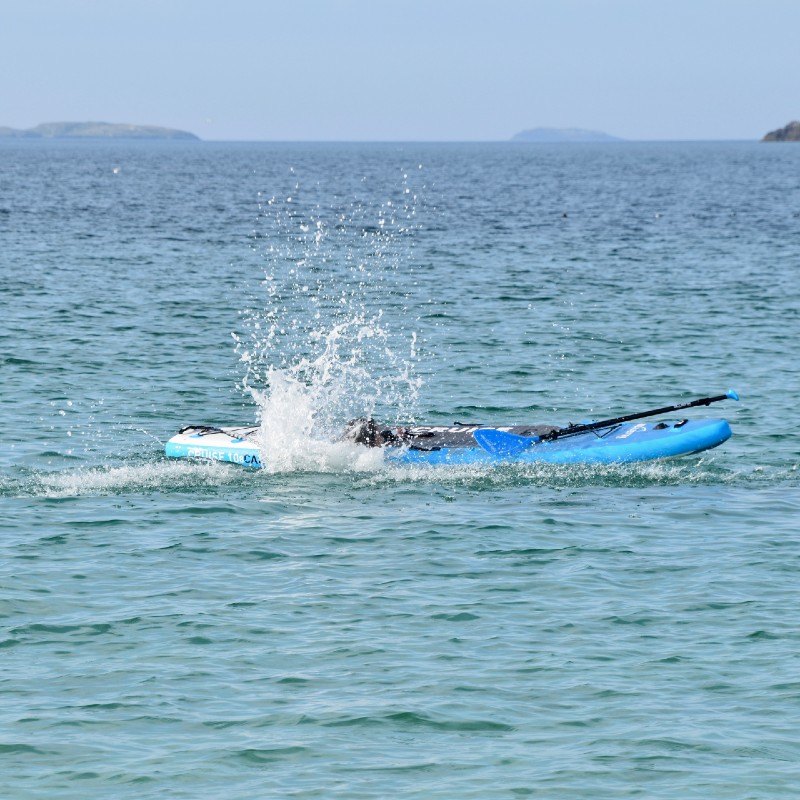
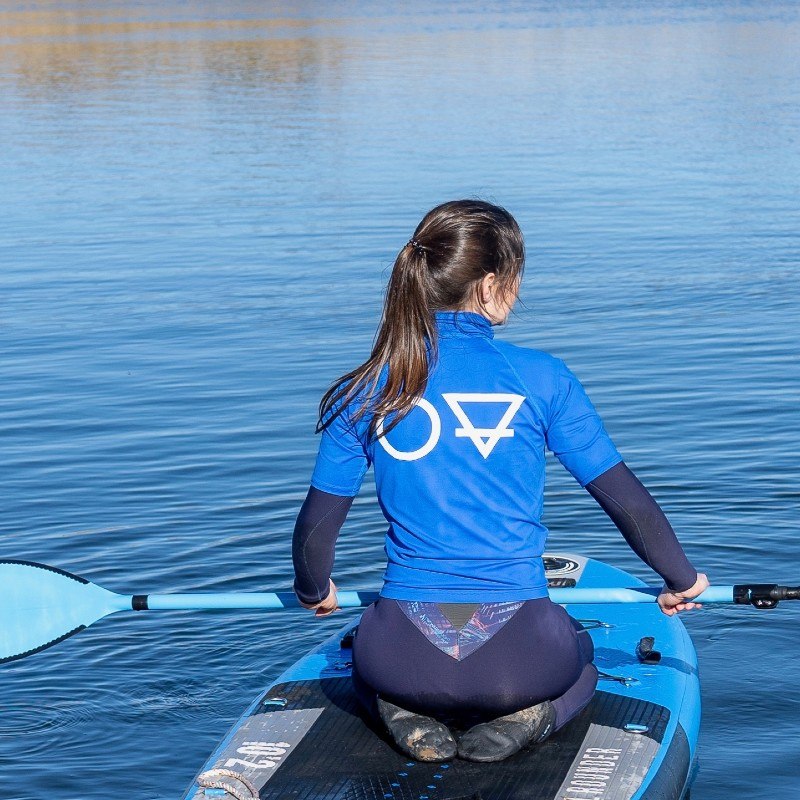
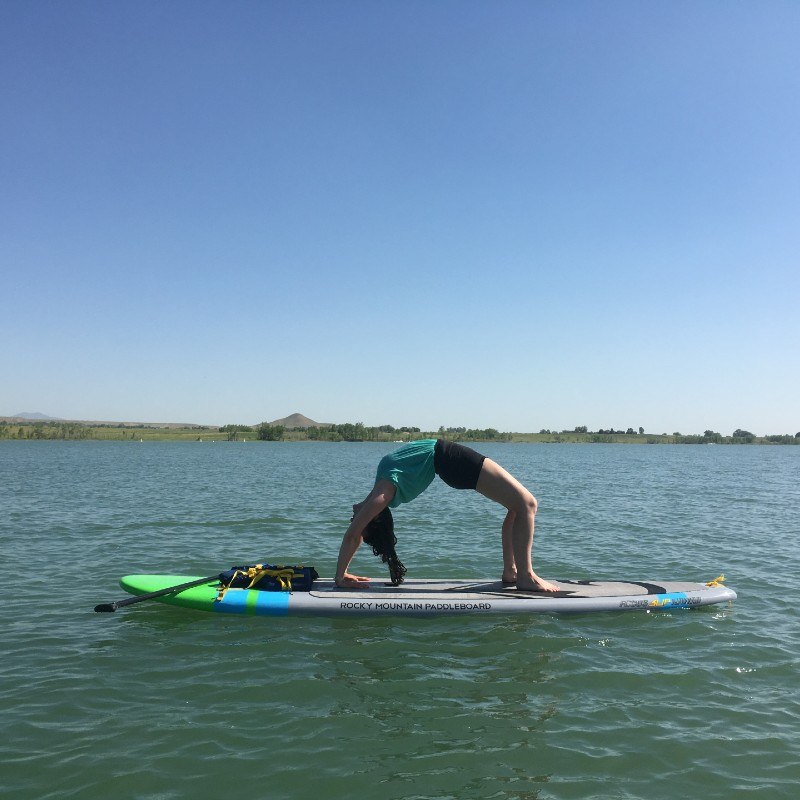
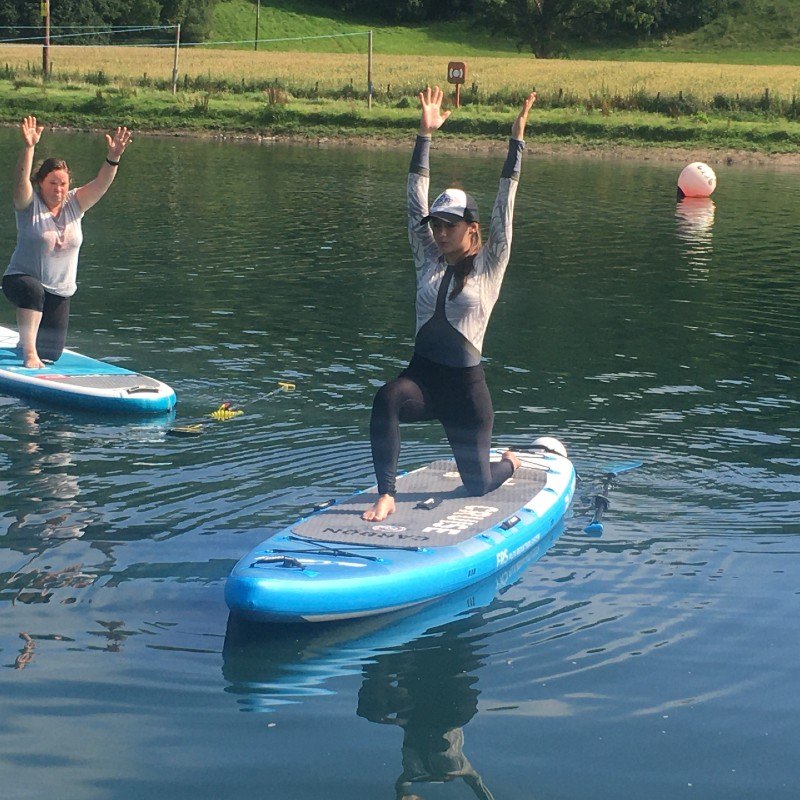
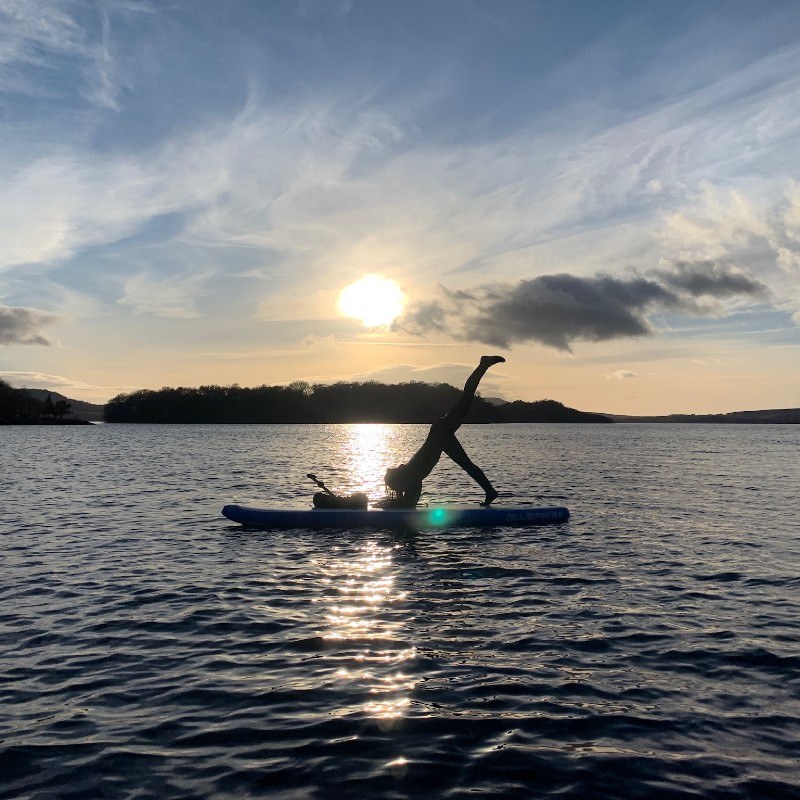
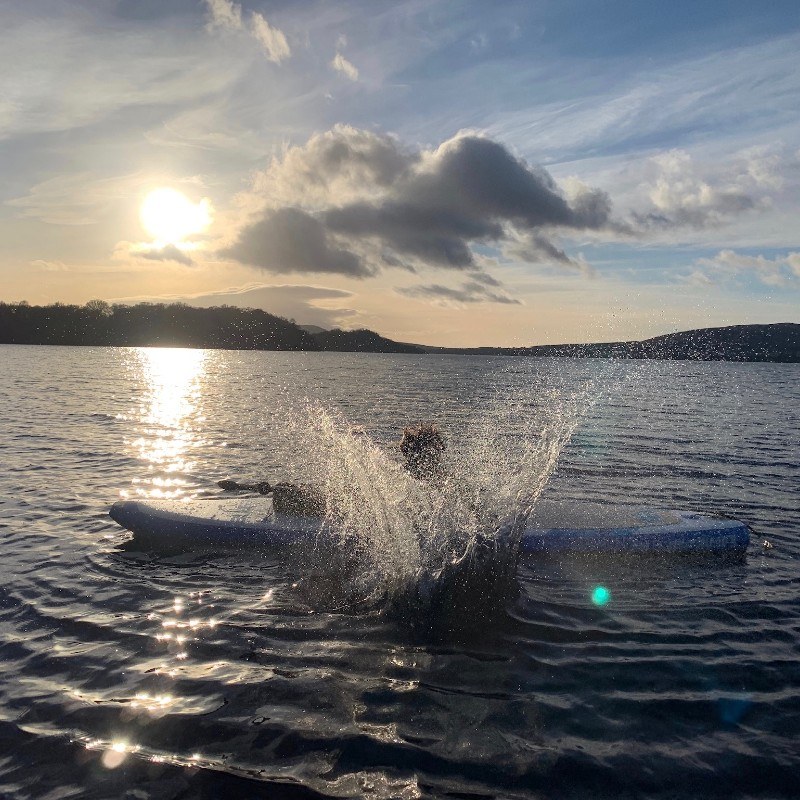
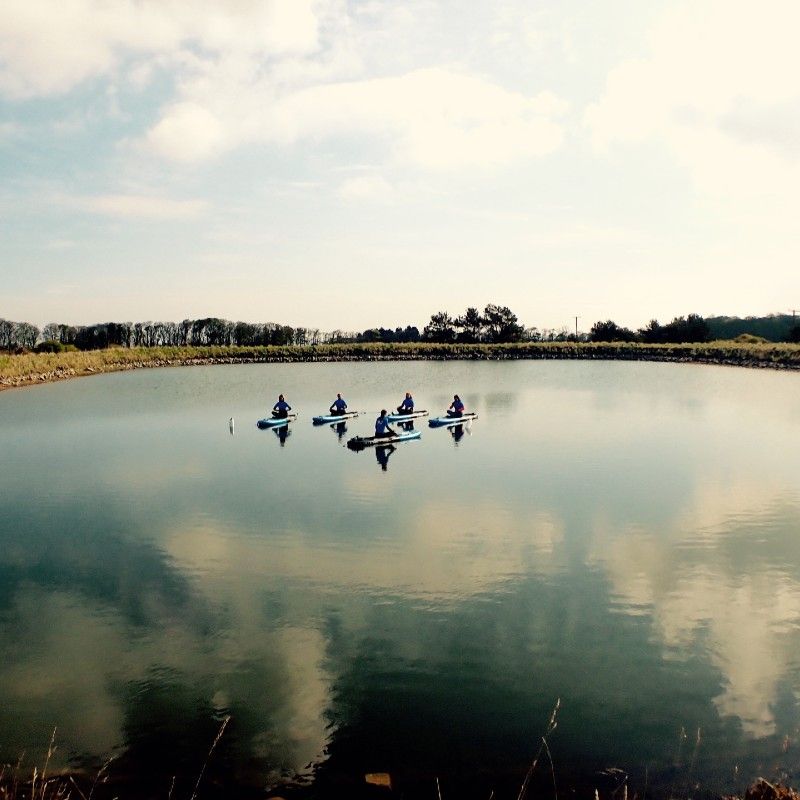
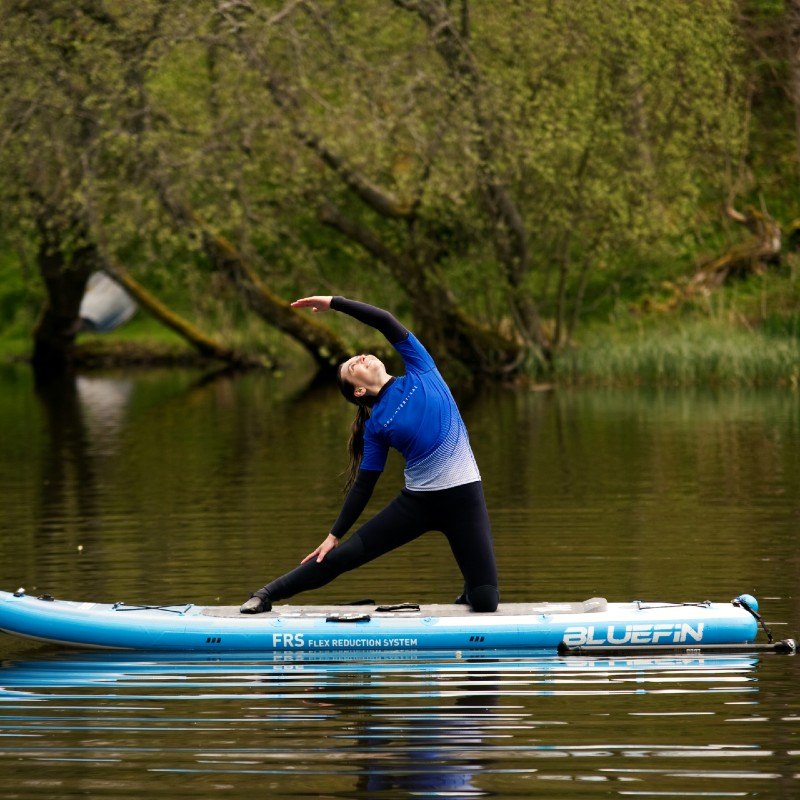
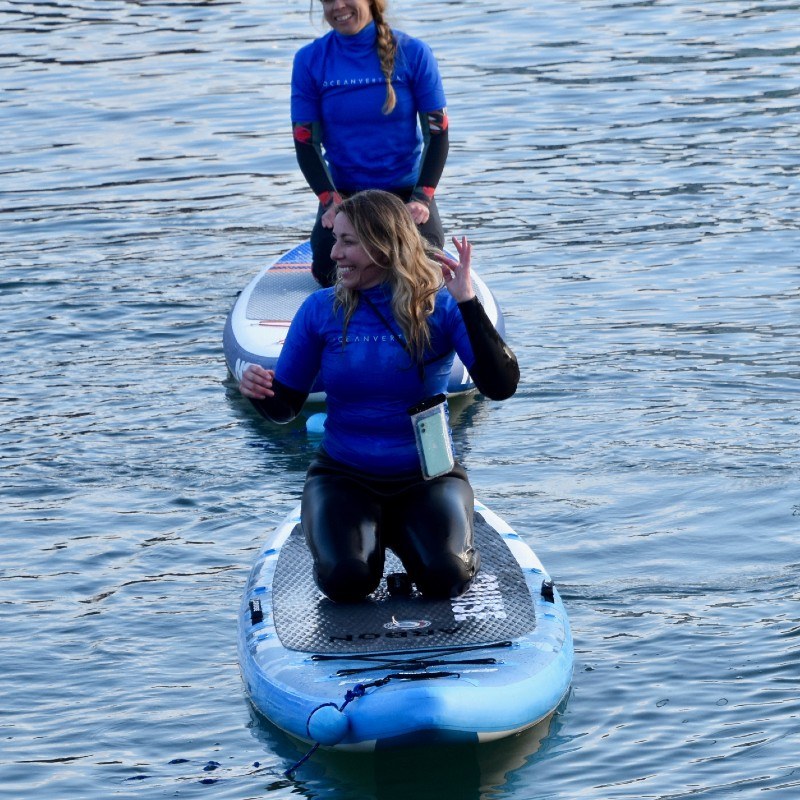
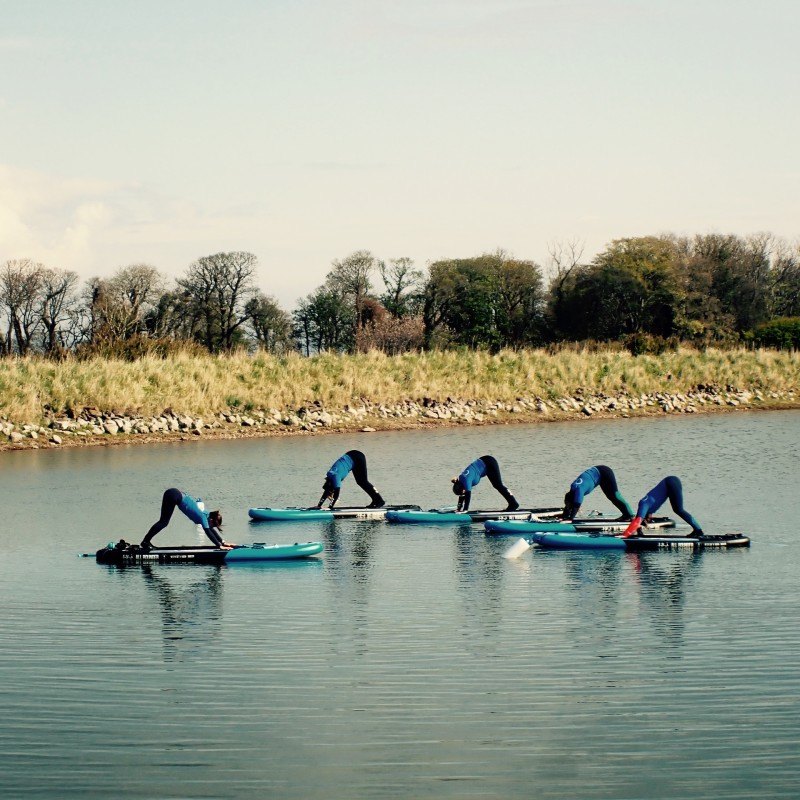
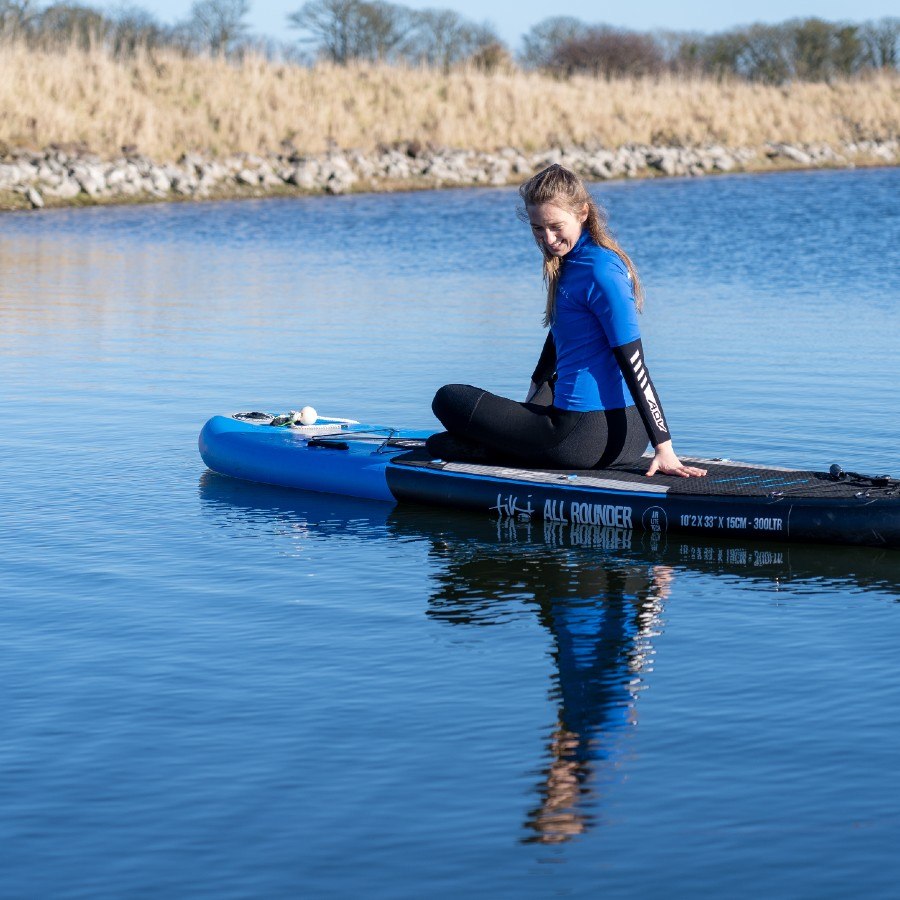
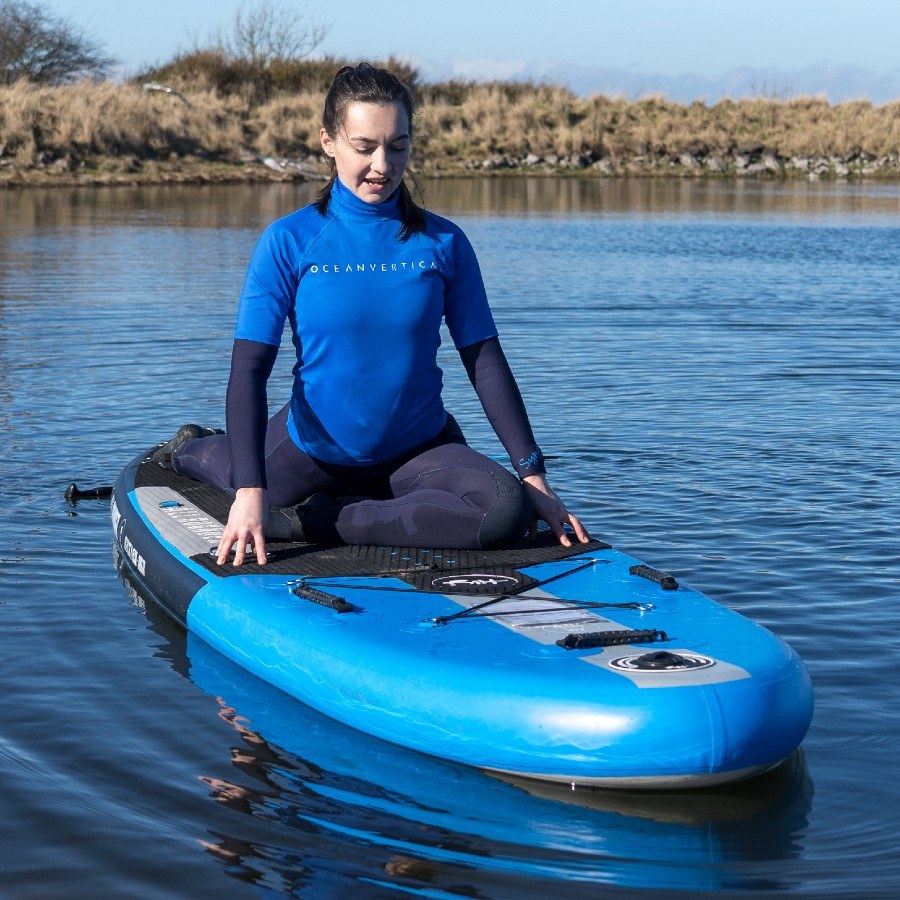
Featured trips
Share
